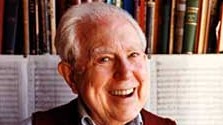Any string quartet that performs contemporary music today has listened to and admired the aesthetic rigor, musical commitment and amazing longevity of the Arditti Quartet. I know there are others who - like me - have been listening to the Ardittis since childhood. So, when I finally saw them live in 2012 - as opposed to years of listening to studio recordings - at the Darmstadt Summer Courses, it was a revelation to see their raw energy and the clarity of their interpretation of an incredibly difficult work.
The piece of which I speak is Brian Ferneyhough's String Quartet No. 6, a stylistic and instrumental triumph that I am continually intrigued by as a listener. I had heard it once in recorded form, but seeing them perform live with absolute precision in microtonal unisons and complex rhythms made the music come to life through their virtuosity. But even more, it was not just technically sound and true to the page: they had command of colors within a distinctive quartet sound that's all their own.
I've been intrigued with Ferneyhough's music from my vantage-point as a performer for years, and finally got to tackle some with Spektral this fall when we played his Adagissimo on a few concerts. I've already had thoughts about that piece, but since I keep ruminating on the Sixth Quartet (and that Darmstadt performance) I'm planning to undertake a study of the wealth of materials available online about the Arditti Quartet's approach to the work.
So, I share those links with you intrepid new music listeners/performers/composers with the hope you'll discuss the results of my studies in a week or so.
In the meantime, here's video of the Arditti Quartet giving the work its world premiere, two years before I saw them play it in Darmstadt. Even at this early stage in their interpretation you can see their unity of vision and cooly collected communication in the face of stern challenges.
)

